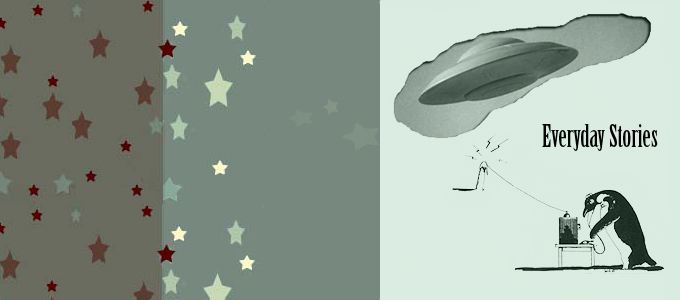Some lively Morris Dancing here.
Got there by discussions with H.o.p. Thursday on the Green Man. For which he seems to have an affinity, which is why we were discussing it, as for some reason he came upon it again Wednesday night and said he wanted to know more about it. So Wednesday night I said, “Tomorrow”, and that’s one thing we did a good bit Thursday, looking at pictures of Green Men and Women and talking about them. And he pitched himself into drawing some Green Men as well.
The use of the sticks is interesting to me and I wonder if this style descends from training for fighting, or maybe the use of sticks was adopted from something such as? Or at least the styles of dancing I’ve seen on video reminds me of this.
There is debate as to how began the use of blackface for the Border style of Morris Dancing but it has nothing to do with the minstrel shows here (as some have speculated). Part of the video shows dancers in blackface that brings to mind chimneysweep smudging (think “Mary Poppins”). I forget how the chimneysweep in the book was described, been a while since we’ve read them to H.o.p., but I wonder if the dancing in the movie didn’t borrow from the idea of the Morris Dancers? And from whence the use of blackface if it didn’t originate with sweeps, which I doubt it did. Some write that it had to do with concealing one’s identity for sake of honor when one went “busking” (the dancing being used for the raising of money) but that sounds more to me again something that became an explanation. As one individual points out, in small communities, blackening one’s face wasn’t going to do much for hiding who one was, which was what I had thought when reading of the busking excuse, though there may be at work the idea of adopting a different identity of sorts which hasn’t necessarily anything to do with the concealing of who one is.
Kubrick’s “Clockwork Orange” certainly seems to have borrowed some from Morris Dancing.

Leave a Reply